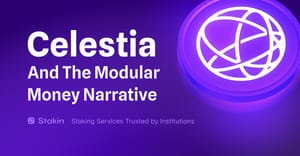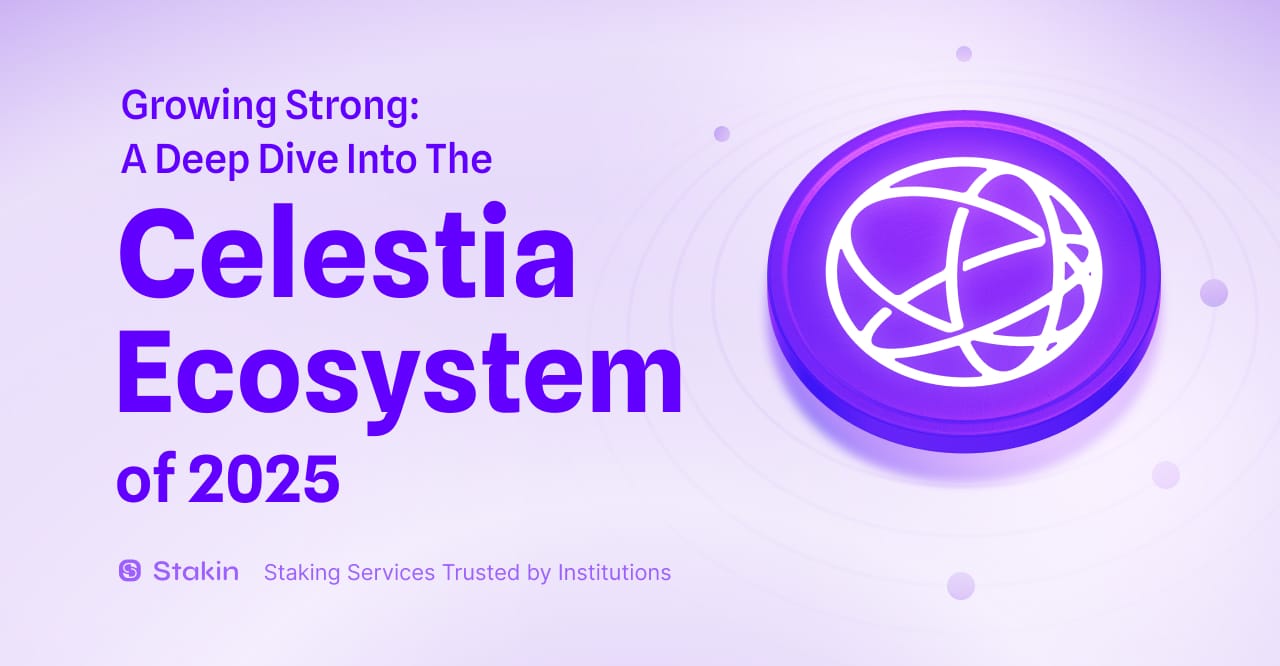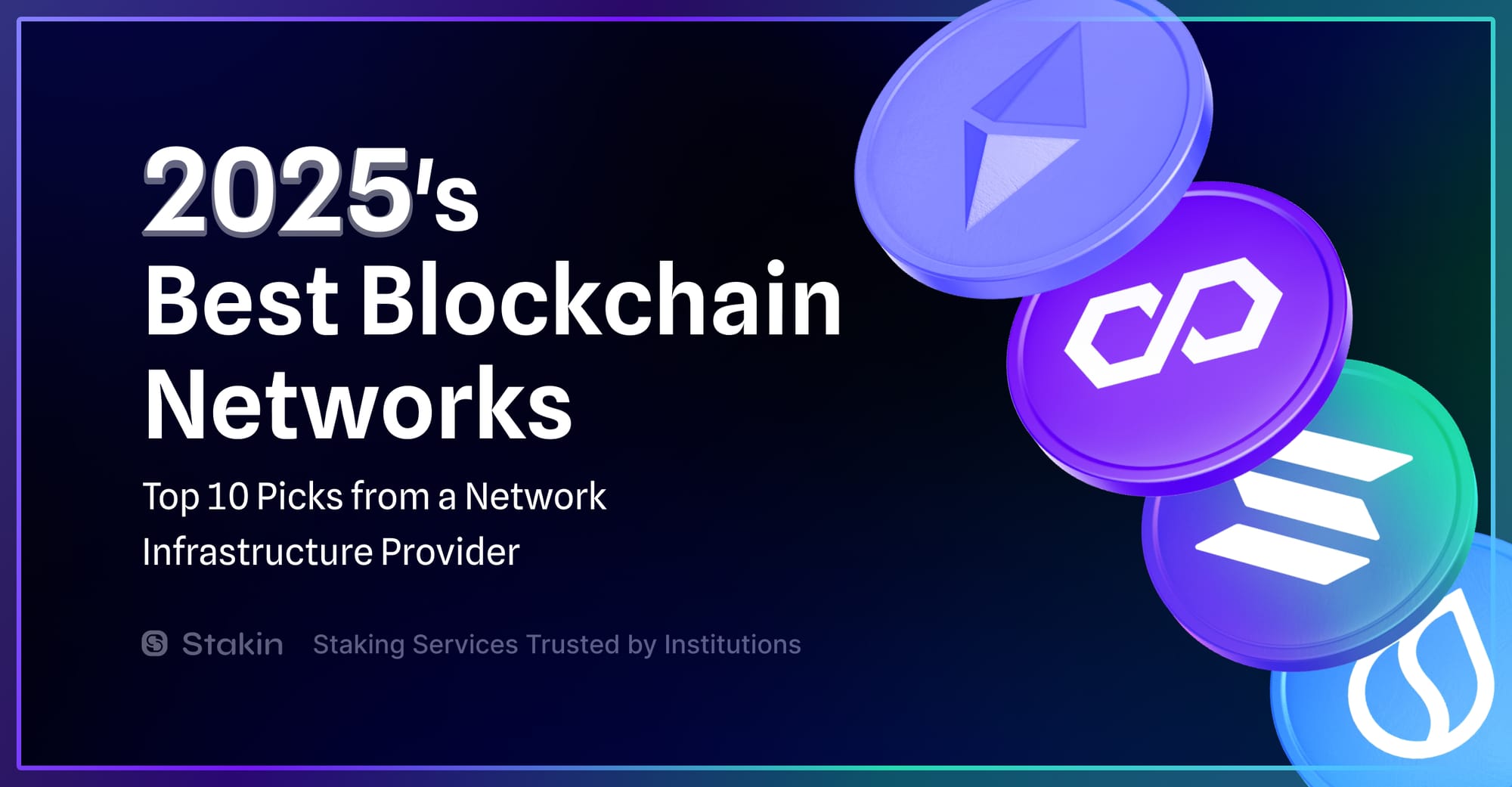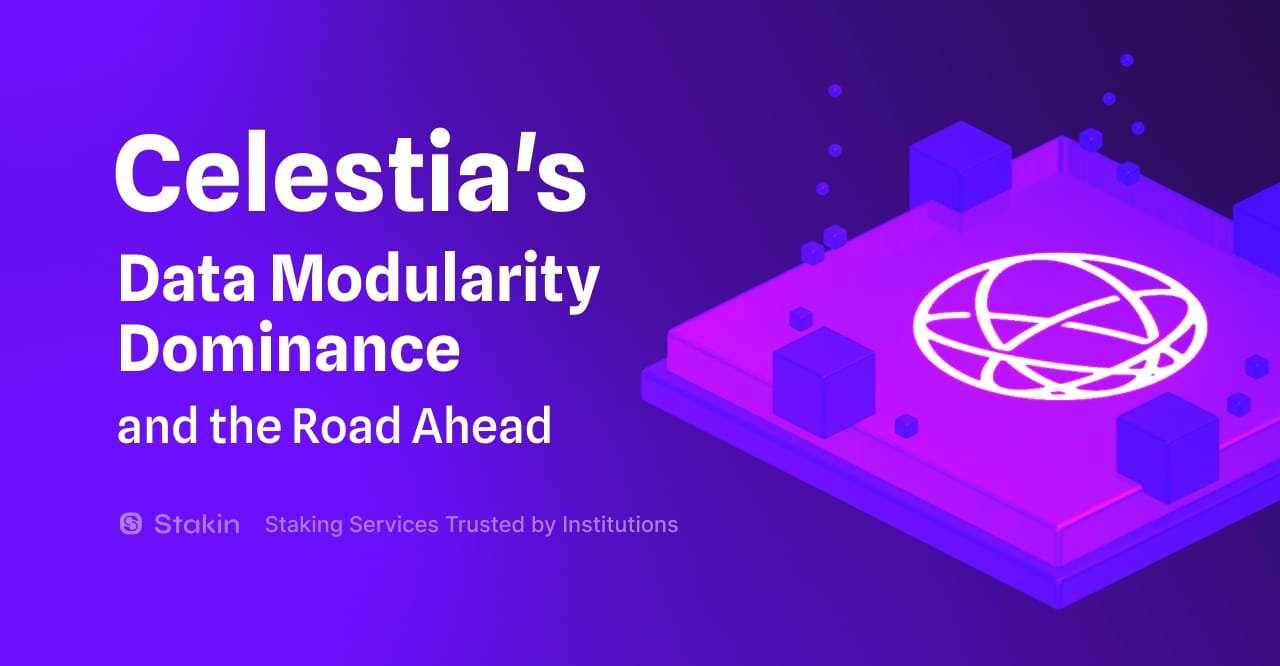Celestia is a pioneering modular data availability network designed to address the challenges of scalability and accessibility in public blockchains. Instead of adhering to the traditional single-layered architecture employed by monolithic blockchain networks, Celestia employs a modular approach, compartmentalizing tasks into distinct layers.
With Celestia, the Consensus and Data Availability (DA) layers are distinct from the Execution Layer, allowing for enhanced efficiency and adaptability. This design ensures that applications benefit from Celestia's robust security features. Moreover, it facilitates upgrading applications without necessitating hard forks in the main chain.
A central feature of Celestia is its advanced Data Availability Layer. Celestia’s DA layer introduces innovations like Data Availability Sampling (DAS), ensuring that transaction data is both, accessible and verifiable.
As Celestia gains popularity, it is becoming evident that the project is not just another blockchain but a full-blown narrative where the vision appears to be a union between Cosmos’ sovereign interoperable zones and a rollup-centric Ethereum with shared security.
The modular money narrative
The year 2020 was marked by the Ethereum vs Solana meta-narrative. The Ethereum developer community adopted a philosophy of ideological decentralization. The underlying logic has been that ideological decentralization may lead to slower evolution but also delivers greater stability and predictability. In comparison, Solana posits that if software did not get in the way of hardware, it would be possible to build a blockchain where aggregate network performance grows linearly with the hardware advancements.
Solana has emerged not only as a competing blockchain technology but as another ideological narrative competing against Ethereum thanks to the introduction of Proof of History (PoH) — a mechanism for tracking time between untrusting computers. Unlike blockchains requiring validators to talk to each other to agree that time has passed, each Solana validator maintains its own clock. This independently verifiable global clock makes network synchronization simple and lets Solana process transactions practically as quickly as they occur.
Modular vs. Monolithic is the new Ethereum vs. Solana narrative.
Both approaches have their distinct advantages and disadvantages. Monoliths are best suited as general-purpose blockchains. Building monolithic architectures is also cheaper, as running and coordinating chain infrastructure is expensive, and most dApps don’t need a dedicated chain.
In contrast, modular blockchain architectures give more control/customizability around compliance, permissions, and forkability. Modular chains also provide more monetization angles. For example, you might be able to charge fee premiums on your appchain that you wouldn’t otherwise charge on a chain you don’t control.
Is Celestia winning the modular money narrative?
So-called first-mover advantage defined most of the winners in Web2. The same logic applies to Web3 as well.
The modular approach introduces a bunch of rollups, rollup frameworks, and rollup providers. However, Celestia could be the go-to DA (Data Availability) provider. Celestia could dominate the DA space to the extent that it can vertically integrate the rollup stack and cut out the other rollup frameworks like Optimism, Arbitrum, Polygon, etc.
Further proof that the modular narrative is gaining steam is the advent of more players in the modularity domain. Avail is a DA provider that adopts a highly secure mathematical primitive: data availability checks that use erasure codes with a key innovation. Under this primitive, Avail employs so-called Kate polynomial commitments to establish a 2D data availability scheme that eliminates the need for fraud proofs, doesn't depend on honest majority assumptions, and doesn't rely on honest full nodes to confirm the data availability.
Another “contestant” is Dymension which is an application-specific blockchain (app chain) where the main application of the app chain is to support rollups. This support is achieved through the settlement layer, also known as the "Dymension Hub," a Cosmos SDK PoS chain that enables so-called Enshrined rollups.
You may also be interested in:
This brings us to another potential end-game scenario for Celestia - becoming the Cosmos that Cosmos has been struggling to become. Cosmos is an incredible technology stack but also a project experiencing several internal challenges, such as fragmented user experience and lack of a unifying asset (something which could potentially be addressed via EigenLayer’s Ethos).
Closing thoughts
The Fat App thesis assumes that value will accrue to a few dAps rather than the chains they’re built on. This is already being noticed on Ethereum, with Uniswap and Lido generating outsized fees. If the Fat App thesis plays out, the importance of Celestia as the ultimate Data Availability layer becomes more evident.
If the Fat App thesis plays out, it could mean that Celestia could emerge as the go-to DA (Data Availability) provider. Super dApps would consider it more beneficial to break off and start their chains (while relying on a single DA provider like Celestia) than pay fees to the monolithic chain that hosts them.



